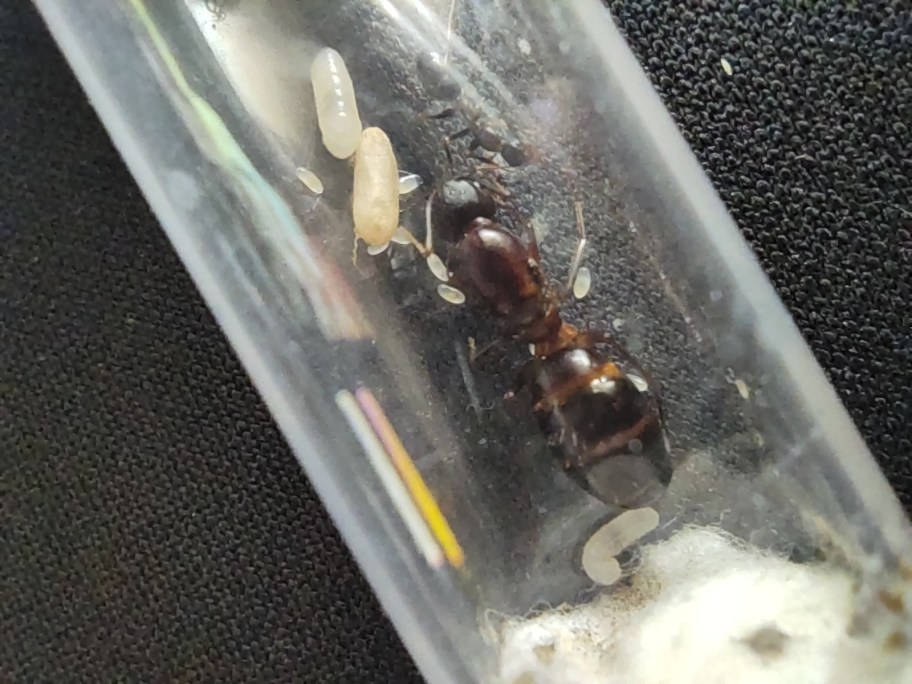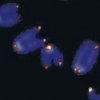So I got Camponotus barbaricus recently and I had 2 big larvae that were in the test tube
They recently disappeared I checked under the cotton, under the queen everywhere but they are no where to be found.
I acknowledge the fact that the queen could have eaten them but there is no trace of a cocoon casting around and escape from the test tube doesn't seem possible.
So I am kind of at a loss here
Edit: also the queen's gaster didn't get bigger I feel like
Edited by Lars, July 27 2020 - 5:36 AM.
























